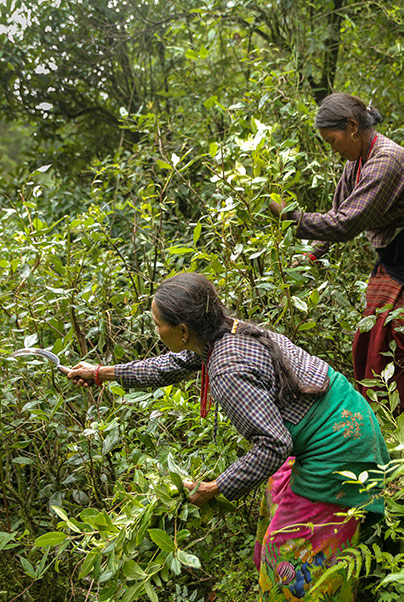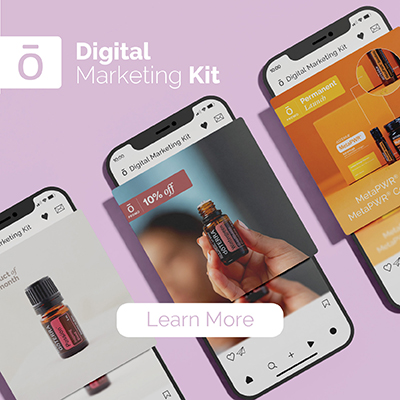Origin: a Latin derivative
meaning "Gift of the Earth."
Essential Oil Purity: CPTG® Quality Testing
Are doTERRA Oils Pure?
The purity of an essential oil is its most important characteristic. When an essential oil is adulterated or contaminated, it becomes less effective and can even be unsafe, depending on the type of adulteration or contamination. Purity is doTERRA’s first priority when producing essential oils.
How Does doTERRA Make Sure Their Essential Oils Are Pure?
From the beginning, we’ve made it our mission to share pure, quality essential oils with the world. However, without a definitive standard for essential oil purity, doTERRA decided to set the standard for purity in the essential oil industry.
Not all essential oil companies choose to enforce high testing standards for their oils. In fact, many companies skip important steps in the testing process in order to save money or time. Unfortunately, when proper testing measures are not taken, it’s impossible to ensure that an essential oil is “pure.”
To ensure that each bottle of essential oil is pure and free from contaminants or synthetic fillers, doTERRA created the CPTG Certified Pure Tested Grade® protocol. The CPTG process includes a rigorous examination of every batch of oil, along with third-party testing for transparency.

Why Is It Important to Use Pure Essential Oils?
Some people ask, “Does essential oil purity really matter?” Or, “What happens if I use essential oils that aren’t pure?”
The answer is yes—essential oil purity matters. If you use an oil that has been adulterated, contaminated, or loaded with synthetic fillers, you will not experience the full benefit. And in some cases, low-quality oils can even be dangerous or unsafe.
This is why doTERRA cares so deeply about essential oil purity. If you use an impure oil, it can be difficult to completely experience the essential oil and can possibly put yourself at risk. However, when you use pure, unadulterated essential oils, you know you are getting consistent quality and a trusted product.
How to Know If Your Essential Oils Are Pure
How can you tell if your essential oils are pure? Before you buy essential oils, do a little research to find out how essential oil companies source, produce, and test their oils.
Here are a few questions to ask during your research:
Plant quality: Does the company use high-quality plants to produce their essential oils? Are chemicals and pesticides used in plant care?
Production practices: Does the company have safety procedures in place to guard against contamination during the production process? Are oils adulterated or are synthetic fillers added to cut costs?
Testing methods: Does the company test each batch of essential oil? Is third-party testing used? Are test results available to the public?
Storage and handling: Are the oils carefully processed, packaged, and stored to avoid chemical alterations caused by exposure to heat or light? (Amber bottles are typically the best option for essential oil storage.)
Ensuring Essential Oil Purity: The CPTG Process
doTERRA begins the CPTG testing process shortly after distillation, when each oil is reviewed for its chemical composition. The doTERRA production facility carries out a second round of testing to ensure that the oils distilled and tested during the first round are the same ones that arrived at our facility. A third review of the chemistry of the oils is conducted as the oils are packaged into the bottles before they’re shipped out to consumers. Each test confirms that our essential oils are free of contaminants and that no unexpected alterations occurred during production.






